Food & Culture
Click on the image or here to enter the gallery
.
Food & Culture: a mix that belongs to Italy. In particular to Sardinia, the cradle of nuragic civilization, but also of wonderful typical products manufactured by skilled craftsmen: winemakers, shepherds, butchers, fishermen, artisans of wood, metal, stone, leather and thousand other raw materials offered by the land of Sardinia.
winemakers, shepherds, butchers, fishermen, artisans of wood, metal, stone, leather and thousand other raw materials offered by the land of Sardinia.
Wine, cheese, olive oil, salami, bread, friendship and joy are the tasty toppings of a tour that combines the cultural aspects of the north-west Sardinia to the culinary tradition of the island.
Aboard a comfortable air-conditioned minibus we discover the main archaeological sites inside and around the Regional Nature Park of Porto Conte. Such as the necropolis of Anghelu Ruju, the Nuraghe Palmavera, the promontory of Capo Caccia (Unesco heritage) and the Nature Park of Porto Conte. Its headquarters offers a botanical garden and nature trail, and a museum dedicated to the old penal colony of Tramariglio.
The tour alternates cultural moments to visits to famous local wineries, farms and dairy laboratories where tastings of typical products are not an option, but a real must!
The tour starts from Alghero (participants are picked up directly at the accommodation) and lasts half day.
The natural setting of Alghero
From the enchanting seabed to the Caribbean coasts; from the plain rich in vegetation and Mediterranean maquis, to the mountains which are perfect for unforgettable day trips. The territory of Alghero offers every kind of amusement, in close contact with the most wild and uncontaminated nature. The visitor’s eye is caught by the promenade of Alghero and by the unmistakable tortoise-like outline of Capo Caccia, a primary place of naturalistic and cultural interest, which is the heart of two reserves: the Marine Protected Area of Capo Caccia-Isola Piana and the Regional Natural Park of Porto Conte.
.
.
.
.
.
.
.
.
.
.
.
Territory
We are located in the heart of the Marine Protected Area of Capo Caccia-Isola Piana and the Regional Natural Park of Porto Conte, directly looking out over the pebble beach of the Tramariglio bay. An out-and-out naturalistic, environmental, and well-positioned paradise, since the many diving, snorkeling and land tour points of the two natural reserves can easily be reached from the bay, which is well-sheltered from the winds and rough seas.
Therefore, the proximity to the town of Alghero, is an explicit invitation to organize a fascinating tour among the historical and cultural treasures of the ancient Catalan town.
Activities
.
Click on the image or here to enter the gallery
.
Active ecotourism outdoors: marine, hiking, biking, riding and kayak routes
A land and underwater natural paradise. The area of Capo Caccia and of the Tramariglio bay is still now a privileged shelter for protected birds such as the griffon (Gyps fulvus fulvus), present in Sardinia, and above all in this area, in less than a hundred specimens; but also for the kestrel (falcus tinnunculus), the peregrine falcon (Falco peregrinus), the Corsican gull (Ichthyaetus audouinii) and the cormorant (Phalacrocorax carbo), which nests and hangs around the close Isola Foradada (Foradada island).
This area is also the perfect corner for lovers of hiking, riding and biking activities. In the small “Arca di Noè” (Noah’s Ark) reserve, close to Tramariglio, it is not unheard of to spot animals such as the wild boar, the little horse of the Giara and the fallow deer.
Some routes can be done by most of excursionists, while for other trips, experience, technical, and athletic skills are necessary. It is always advisable, for all concerned, to undertake the excursion wearing trekking boots, and to bring a small backpack with water and food supplies with a high energetic content; in addition to a change of clothes.
CLICK ON THE LINK ON THE LEFT TO DISCOVER ACTIVITIES!
ArchiMete Diving Capo Caccia
Click here to enter the gallery
.
The ArchiMete Diving Capo Caccia is a PADI Dive Resort (n° 29089) who organizes diving excursions in the most attractive sites of the Coral Riviera.
The headquarters is directly on the beach of the Bay of Tramariglio, in the heart of the
Marine Protected Area of Capo Caccia-Isola Piana and the Regional Nature Park of Porto Conte. A headquarters rich in history, since until the 60’s was the post guard of the former penal colony Tramariglio.
The ArchiMete Diving Capo Caccia offers to its customers a cosy logistics area for changing and rinsing equipment, toilette with warm shower, outdoor showers, a wide veranda overlooking the sea and a wonderful garden with a kiosk, perfect place to enjoy moments of relaxation both before and after the activity.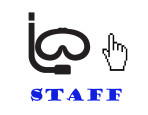
The area of Capo Caccia, recognized UNESCO heritage, is famous worldwide for the presence of underwater and semi-submerged caves. In the Diving center are operating specialized professionals and certified personnel who know thoroughly the seabed and the caves of the Coral Riviera: a diving instructor and two dive guides, all enrolled in the official Guides register of Sardinia Region.
The Diving Center operates scuba and snorkeling activity with a 7.20 meters rubber boat equipped with Yamaha engine 200 hp 4T echo.
The ArchiMete Diving Capo Caccia is able to provide complete equipment for diving and snorkeling to 30 people and children over 5 years.
The strategic position of the Diving Center, in the middle of the Marine Protected Area of Capo Caccia-Isola Piana, allows to reach in a few minutes the most beautiful sites of the Coral Riviera.
BY CLICKING ON THE ICONS ON THE LEFT, IT IS POSSIBLE TO SEE SOME OF THE MOST CURIOUS AND INTERESTING DIVES!
.
.
.
.
.
.
.
.
.
.
.
.
.
What is and what is there
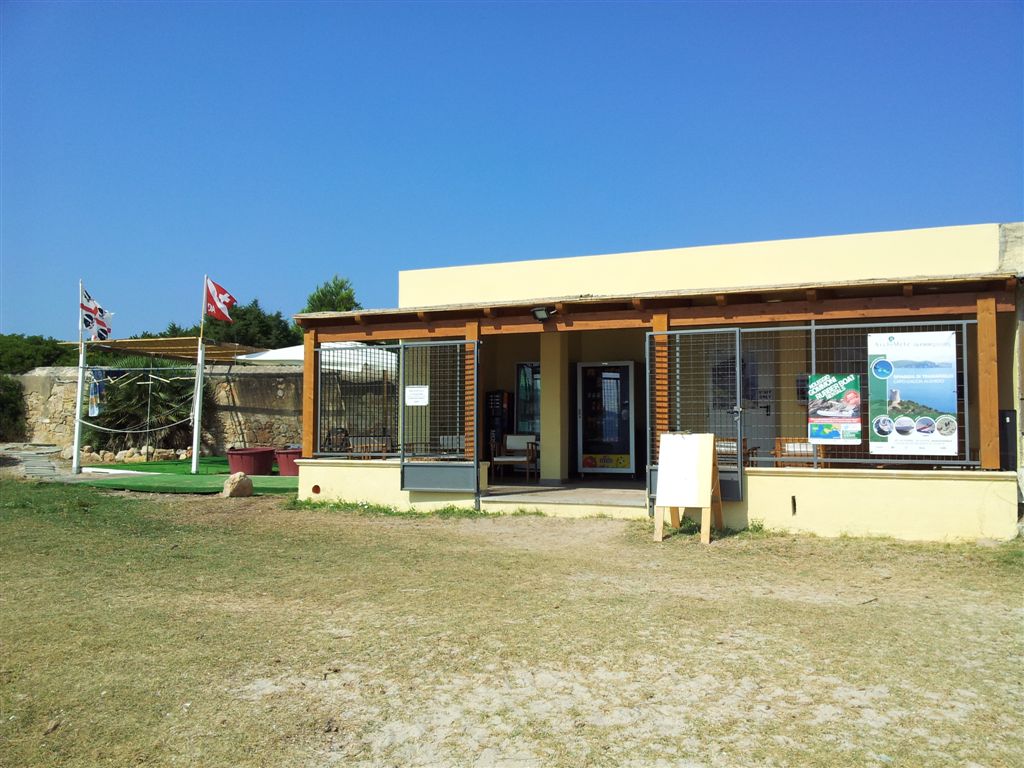

Many ideas, one single philosophy
The principle of ArchiMete: “A body surrounded by nature receives an emotional and wellness charge which is equal to the wonders which are around it”
The tourist centre ArchiMete was created with the specific aim of minimizing the environmental
impact as much as possible, above all in an area which is a treasure trove of biodiversities, also thanks to the presence of the Regional Natural Park of Porto Conte and the Marine Protected Area of Capo Caccia-Isola Piana. The headquarters of the tourist centre is the ancient guardhouse and soldiers’ quarters; in particular for Policemen, who served at the former penal colony of Tramariglio up until the Forties of the last century (see our history page regarding the headquarters). The same eco-friendly philosophy was applied to the structures and equipment belonging to both the tourist centre and diving centre; for example all rubber boats are equipped with the latest generation in engines, which protect the environmental resources of both the marine and the land.
.
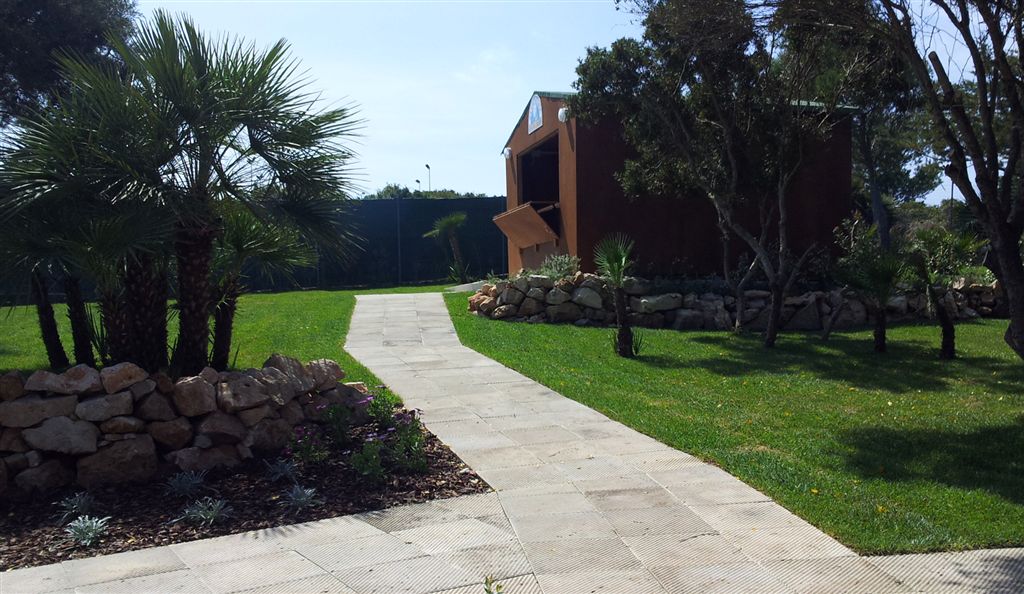 From 2015 is open to the public also a KIOSK-BAR with garden and relax area.
From 2015 is open to the public also a KIOSK-BAR with garden and relax area.
.
.
.
.
.
.
.
Marin routes
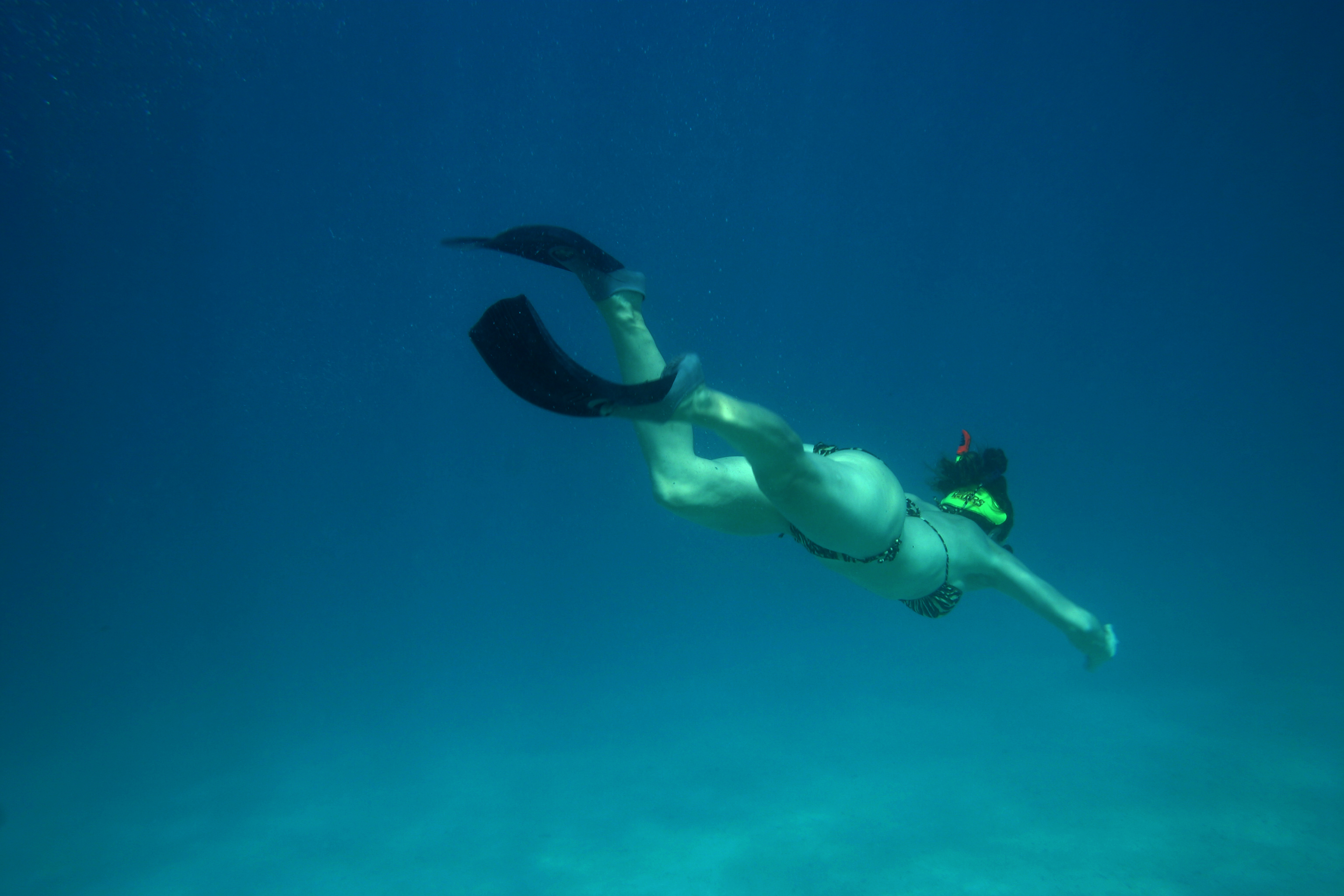
The tourist centre ArchiMete organizes excursions to the most enchanting corners of the Riviera del Corallo (Coral Riviera); click on the nearby icons to choose how to live your experience!
USEFUL INFORMATION AND BOOKING
For information about snorkeling and kayaking tours, please send an e-mail to the following e-mail address: archimete@archimete.it, and specify “Info on snorkeling” or “Info on kayaking” in the subject.
Or, you can directly call the following phone nr. +39.333.6744889 – +39.334.9372278 (opening hours: 9 – 1 p.m. / 2 – 7 p.m.)
Please, before read our privacy policy
The marine protected area
- The entrance of the big bay of Porto Conte. In the background Capo Caccia
- The coast along the bay of Porto Conte and one of the Spanish towers
- Capo Caccia, west coast, and the entrance to the Nereus cave
- Dolphins at Capo Caccia
The tourist centre ArchiMete Sardegna is located in the heart of the Marine Protected Area of Capo Caccia-Isola Piana; a protected reserve created in 2002 with the aim of protecting the natural and faunal heritage, which is unique in the world. Here, in fact, there is the highest concentration of underwater caves in the Mediterranean sea, which were a privileged refuge for monk seals until a few decades ago. Stunning and scenic ravines, rich in underwater flora and fauna, can easily be visited by groups of divers (however, a local diving guide must always be present). The marine area includes the fjord of Porto Conte, which reaches from Punta delle Gessiere on the northern-western side, across to the southern-eastern coast starting at Punta Giglio; ending up at the cape. The area is characterized by imposing chalky capes which rise up from the sea, and which are perfect shelters for birds like the Corsican gull, the Cormorant and the Rare Griffon; a bird which can reach a wingspan of around 3 metres. The marine area is divided into three areas; the “A” area is a full reserve where all activities are forbidden; while in the “B” and “C” areas, transit, diving, snorkeling, and fishing, with the required permit, are allowed.
The creation of the marine protected area meant a real turning point for the repopulation of the entire submarine world of this area.
Fauna: The marine protected area of Capo Caccia-Isola Piana has a fauna heritage which is unique in the world. The geo-morphological characteristics of the territory, specifically cliffs and chalky rocks, encourage the colonies of species such as sponges, lithophagous molluscs, and gorgonians belonging to the Eunicella and Paramuricea clavata species, including the scenic red and violet gorgonian which, in this part of Sardinia, finds its perfect habitat. Also the famous red coral (Corallium rubrum), finds the best conditions to root and grow here, and can easily be spotted in several caves, even at depths which are not so extreme (there are numerous colonies already at 5 metres in depth). A precious resource from a naturalistic standpoint, since coral is a very good environmental indicator; but also for the local economy, which has created a district for the hand-crafted processing of this organism which is unique in the world. This very important and historical element is also represented on the coat of arms of the Municipality of Alghero.
Waters and Caves of the marine protected area are also the perfect habitat for the Mediterranean spiny lobster (Palinurus elephas), companions on every dive in this area; for the red shrimp (Parapandalus narval), and clawed lobsters (Homarus gammarus); and for cicadas (Scyllarides latus) and crabs (Maja squinado). In the meadows of Neptune grass, (Posidonia oceanica) it is easy to spot funny sea horses (Hippocampus) and Pinna nobilis, in addition to cuttlefishes and bottom fishes like gobies, blotched picarels, blennies, marithes, green wrasses and mullets. Instead, the Necton environment offers close encounters with big pelagic fishes such as breams, sea basses, sea breams, groupers, sunfishes, congers and barracudas; the latter is easy to spot when returning from a dive. The protected area of Porto Conte and the steep coast of Capo Caccia are also an irresistible call to big cetaceans, like dolphins and grampus, which are easy to spot early in the morning.
Instead, cliffs and rocks which rise up from the sea, are the privileged refuge of several species of marine birds, like the Corsican gull (Ichthyaetus audouinii), the shag (Phalacrocorax aristotelis), the Cory’s shearwater (Calonectris diomedea), the shearwater (Puffinus puffinus) and the storm petrel (Hydrobates pelagicus).
Flora: The area protected by the Regional Natural Park of Porto Conte presents rich and flourishing greenery, and maquis, which alternate with forests of oaks (Quercus ilex); often rising up from the sea. The underwater world is rich in several species of brown and green algae, while sandy sea beds are dominated by meadows of Neptune grass (Posidonia oceanica). The nearest stretches of coast close to the river, on the contrary, see the flourishing of algae belonging to the Caulerpa and Cymodocea families.
Debutto in fiera alla BLT3 di Sassari
I parchi naturali sia terrestri che marini sono una risorsa fondamentale per tutte le imprese che operano nel turismo.
Un vero valore aggiunto per chi, come ArchiMete, propone offerte turistiche con le quali vivere la natura più vera e incontaminata. È anche per rafforzare questo messaggio che ArchiMete fa capolino nel grande mare delle fiere turistiche: il primo trampolino di lancio è la 3^ Borsa Locale del Turismo (BLT3) in programma a Sassari il 2 dicembre. Un momento di incontro e confronto tra operatori turistici della Sardegna e tour operator specializzati nel settore delle vacanze dinamiche.
Il comparto turistico è uno, se non addirittura il principale, canale di sviluppo economico dell’intero Paese. Sono i fatti a confermarlo, non certo noi: l’Italia è culla di civiltà, è prima al mondo per ricchezza di patrimonio storico, culturale e archeologico; e ha anche una tradizione culinaria sopraffina che di certo rappresenta un altro elemento trainante del turismo.
Peccato, però, che ancora si stenti a scommettere su tutto questo.
Ma qualcosa sta cambiando: sempre più giovani stanno riscoprendo il desiderio di mettersi in gioco nel proprio territorio di origine, sfruttando nella maniera più attenta e sostenibile luoghi incantevoli, mettendo a frutto anni di studio e titoli di specializzazione.
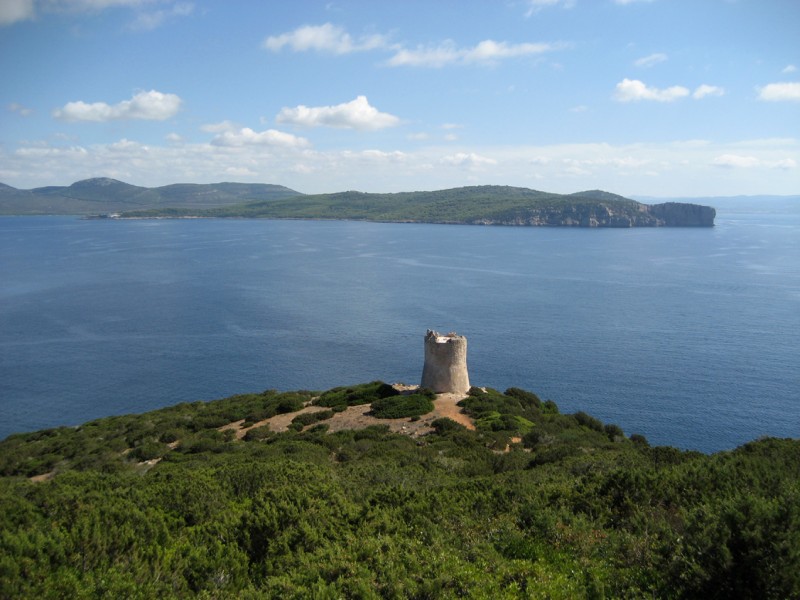
Perché oggi non è più sufficiente dire al turista “Vieni, sdraiati in spiaggia e fa il bagno nel mare turchese”.
C’è anche questo, ma non basta.
È necessario studiare e proporre un’offerta complessiva che, in pochi giorni, abbracci un ventaglio di proposte: subacquea, snorkeling, trekking a piedi o a cavallo, osservazione naturalistica, visite a siti archeologici, escursioni alla scoperta di angoli inaccessibili del territorio.
Lo chiede il mercato, soprattutto quello dei turisti del centro e nord Europa. Ecco da dove riparte l’industria turistica italiana.
E il nord ovest Sardegna deve essere pronto a giocare un ruolo da protagonista.
Other informations
Search
Category
Tag Cloud
Archive
Febbraio 2022 (1)
Gennaio 2018 (1)
Maggio 2016 (1)
Gennaio 2016 (1)
Giugno 2015 (1)
Marzo 2015 (1)
Febbraio 2015 (1)
Ottobre 2014 (1)
Maggio 2014 (1)
Gennaio 2014 (1)
Ottobre 2013 (1)
Giugno 2013 (1)
Aprile 2013 (1)
Marzo 2013 (1)
Dicembre 2012 (1)
Settembre 2012 (1)
Agosto 2012 (1)
Febbraio 2012 (1)
Gennaio 2012 (2)
Dicembre 2011 (3)
Novembre 2011 (2)
Archimete 2.0

Questo opera è distribuito con licenza Creative Commons Attribuzione - Non commerciale - Condividi allo stesso modo 3.0 Unported.




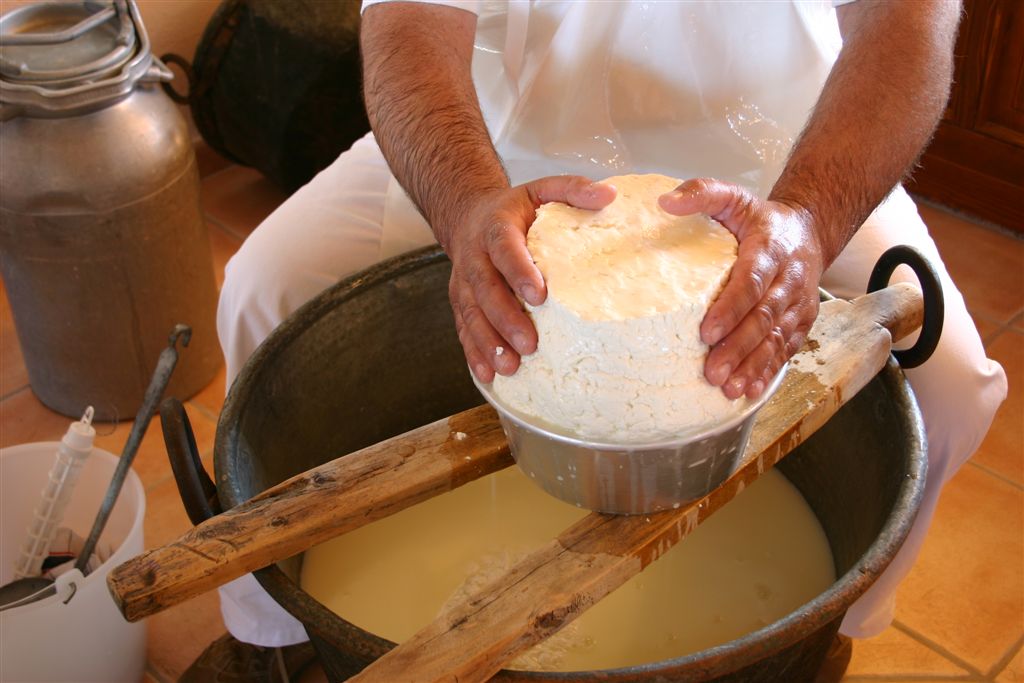










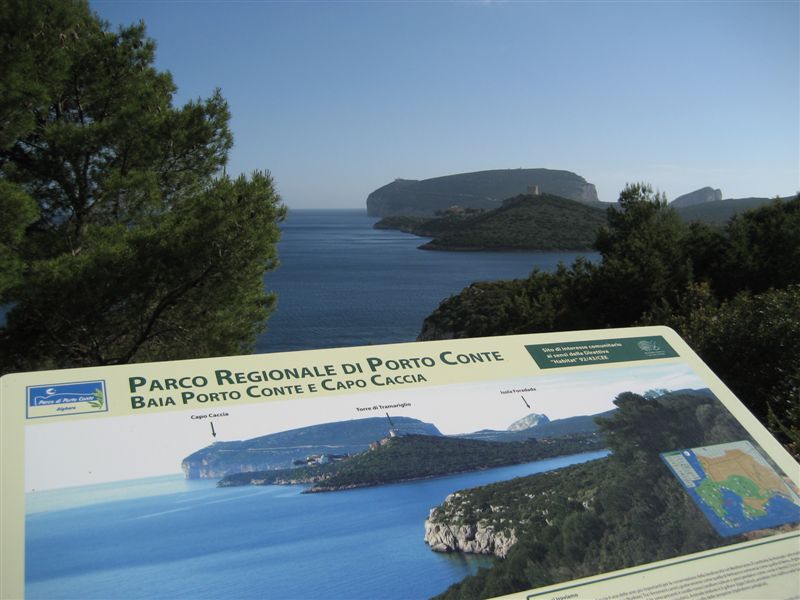
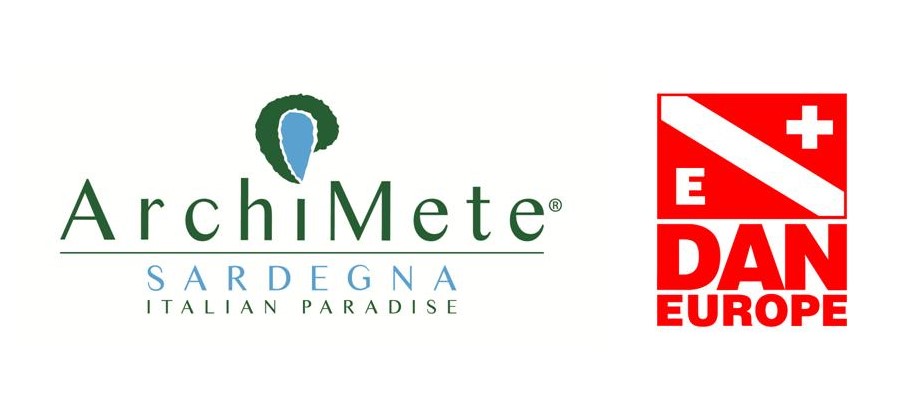




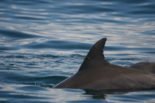
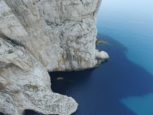
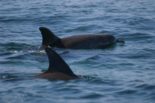
 RSS Blog
RSS Blog





